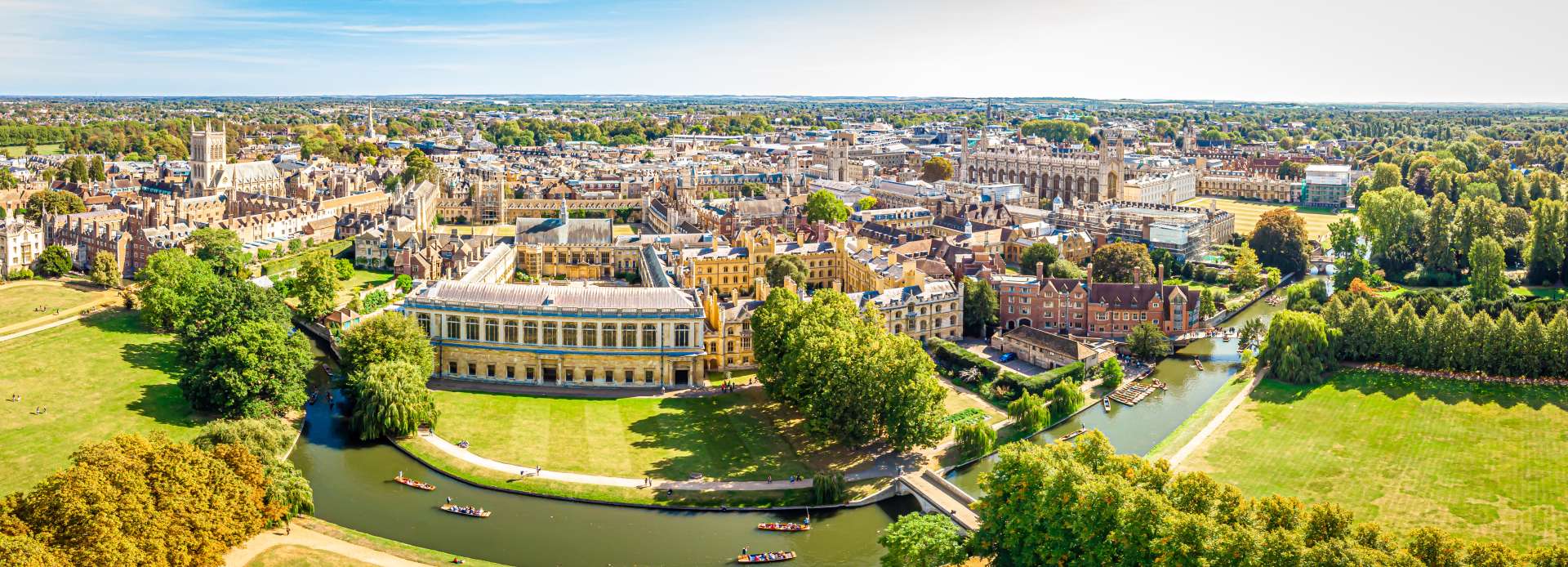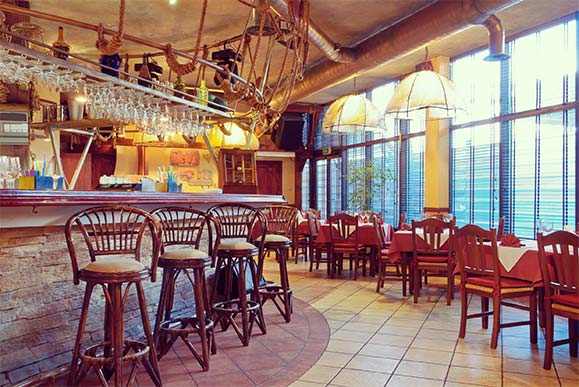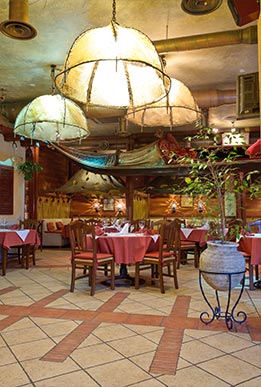
Bessie Surtees House: Historic Home in Newcastle
Bessie Surtees House: A Jacobean Gem on Newcastle’s Quayside 41–44 Sandhill, Quayside, Newcastle upon Tyne, NE1 3JF
Specification
A Romantic Landmark on the Quayside
Perched on Newcastle’s historic Sandhill Quayside, Bessie Surtees House is one of the city’s most beloved heritage treasures. These beautifully restored Jacobean and Tudor-era houses date back to the 16th and 17th centuries, offering a rare glimpse into Newcastle’s mercantile past — and a famous love story that became local legend.
The Story Behind the House
Bessie Surtees House is actually a pair of adjoining merchant homes, built during a time when Newcastle was a thriving centre of trade. Their timber-framed façades, carved beams, and ornate windows are rare survivors of pre-Georgian architecture in the city.
However, the site is best known for its romantic legend. In 1772, Bessie Surtees, the daughter of a wealthy merchant, secretly eloped with John Scott, a young apprentice lawyer. Their love defied her family’s wishes, but their story ended happily — John Scott later became Lord Eldon, Lord Chancellor of Great Britain.
Because of this tale, Bessie Surtees House has become a symbol of love, rebellion, and history, drawing visitors from around the world.
Exploring Bessie Surtees House
1. Jacobean Architecture
Step through the entrance to see intricate wood panelling, decorative plaster ceilings, and diamond-paned windows that once overlooked the bustling river trade. Each room showcases the craftsmanship of 17th-century Newcastle builders.
2. The Great Hall
The house’s main chamber features exposed oak beams and carved fireplaces. This is where the Surtees family would have dined, entertained guests, and conducted business.
3. Exhibitions & Displays
Inside, you’ll find English Heritage exhibitions exploring Newcastle’s social and architectural history. Displays highlight historic conservation projects, local art, and the city’s evolution from medieval port to industrial hub.
4. Quayside Views
From the upper windows, enjoy views of the River Tyne and the famous Tyne Bridge — connecting the past and present in one stunning panorama.
A Testament to Newcastle’s Merchant Heritage
During the 17th century, Newcastle’s Quayside was one of the busiest ports in England. Merchants imported wine, spices, and luxury goods from across Europe. Bessie Surtees House stands as a rare survivor from this period, when trade wealth shaped the city’s fortunes.
Moreover, the building’s preservation reminds us how domestic architecture tells the story of everyday life — not just battles and kings. The restored façades and interiors offer an intimate connection to the people who once lived, worked, and loved here.
Visiting Bessie Surtees House
Address: 41–44 Sandhill, Newcastle upon Tyne, NE1 3JF
By train: 10-minute walk from Newcastle Central Station.
By car: Paid parking nearby at Quayside and Dean Street car parks.
By bus: Local routes stop along the Quayside.
Opening Hours:
Open Monday to Friday, 10 am–4 pm. Admission is free. Managed by English Heritage.
Learn more at the English Heritage official website
Nearby Attractions
Newcastle Castle: The Norman fortress that gave the city its name.
Grey Street: A masterpiece of Georgian architecture.
Quayside Sunday Market: Local food, crafts, and street performers.
Baltic Centre for Contemporary Art: Modern creativity inside a converted flour mill.
Combine these for a full Newcastle heritage walk along the River Tyne.
Why Visit Bessie Surtees House?
Bessie Surtees House captures the spirit of old Newcastle — a story of trade, romance, and resilience. Its preserved Jacobean and Tudor features make it one of the most remarkable historic buildings in the North East.
Walk through timber-framed halls, hear a centuries-old love story, and admire views that connect the city’s medieval heart with its modern skyline.






No Reviews